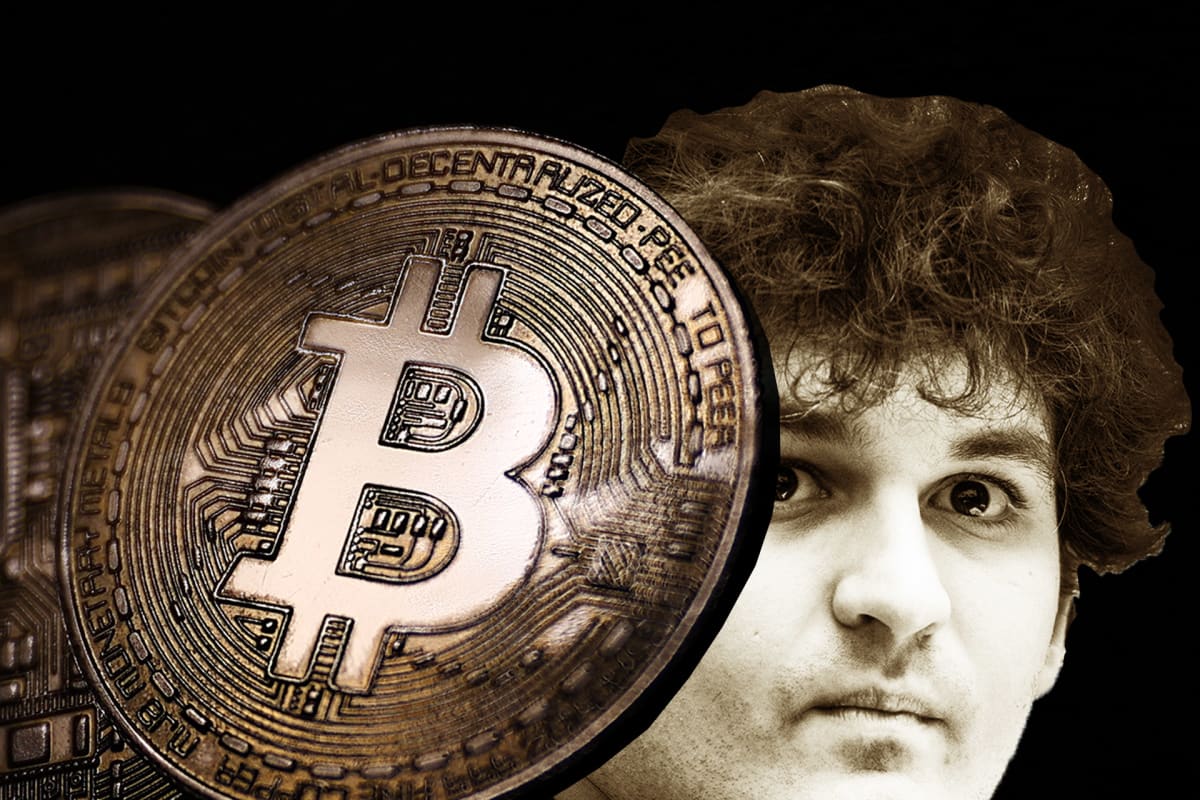
On the morning of November 8, Sam Bankman-Fried, founder and CEO of FTX and Alameda Research, a hedge fund that also trades in cryptocurrencies, was a billionaire.
He was one of the richest men in the world.
The 30-year-old former trader was the institutional face of the crypto space, nicknamed "SBF” by his initials. He was simply the king of the fledgling blockchain-based financial services industry. Bankman-Fried was a god in the crypto sphere.
He had amassed this immense power, in large part by rescuing and acquiring crypto firms, weakened by the credit crunch caused by the collapse of sister cryptocurrencies Luna and UST on May 9.
Bankman-Fried had managed to expand his influence to the point where more than a hundred crypto companies and projects had a connection to him or one of his firms - FTX, Alameda, FTX Ventures and FTX US.
Bankman-Fried And His Inner Circle Are Excluded
But on the evening of November 8, his whole empire came crashing down, when SBF announced that he had urgently requested the help of his rival Changpeng Zhao, the CEO of Binance, because FTX was facing a liquidity crisis.
The agreement between the two men was conditional on due diligence. The next day, Zhao gave up on SBF and FTX. On November 11, Bankman-Fried filed for bankruptcy and resigned as CEO. He was replaced by John Ray, the liquidator of the disgraced energy broker Enron. SBF's fortune, still valued at nearly $16 billion on the morning of November 8, is now estimated at zero.
It is also now certain that the deposed king will not recover anything from the liquidation of the assets of his kingdom. That's what Ray told the Delaware bankruptcy court. His associates and his inner circle will also not receive anything, and nor will their relatives, if they had invested in FTX.
"No amounts will be paid under the authority requested by this motion to any of the following persons or any person known by the debtors to have a familial relationship to any of Samuel Bankman-Fried, Gary Wang, Nishad Singh or Caroline Ellison,” the liquidator said in a court filing.
Gary Wang was FTX's co-founder and Chief Technology Officer. Nishad Singh was the Engineering Director, while Ellison was the CEO of Alameda Research. They were terminated on November 18.
This is in line with what the former trader himself announced on November 10, a day before the bankruptcy, when he said that priority will be given to clients and investors.
"Every penny of that--and of the existing collateral--will go straight to users, unless or until we've done right by them," Bankman-Fried said on Twitter. "After that, investors--old and new--and employees who have fought for what's right for their career, and who weren't responsible for" the downfall.
Personal Loan
Bankman-Fried received a personal loan of $1 billion from Alameda, according to Ray. The firm also gave a $543 million personal loan to Nishad Singh, and $55 million to Ryan Salame, the co-CEO of FTX Digital Markets, one of FTX's affiliates.
"I understand that there does not appear to be documentation for certain of these transactions as loans, and that certain real estate was recorded in the personal name of these employees and advisors on the records of the Bahamas," the liquidator said at the time.
The insolvency of FTX was due to a liquidity shortfall when clients attempted to withdraw funds from the platform. The shortfall appears to have been the result of FTX’s founder reportedly transferring $10 billion of customer funds from FTX to Alameda Research.
Bankman-Fried remains free for the time being. No charges have been brought against him, despite the fact that FTX's top 50 creditors are claiming $3 billion from the exchange and millions of retail investors may never recover their investments.
As a crypto exchange, FTX executed orders for their clients, taking their cash and buying cryptocurrencies on their behalf. FTX acted as a custodian, holding the clients’ crypto currencies.
FTX then used its clients’ crypto assets, through its sister company’s Alameda Research trading arm, to generate cash through borrowing or market making. The cash FTX borrowed was used to bail out other crypto institutions in the summer of 2022.
At the same time, FTX was using the cryptocurrency it was issuing, FTT, as collateral on its balance sheet. This represented a significant exposure, due to the concentration risk and the volatility of FTT.







